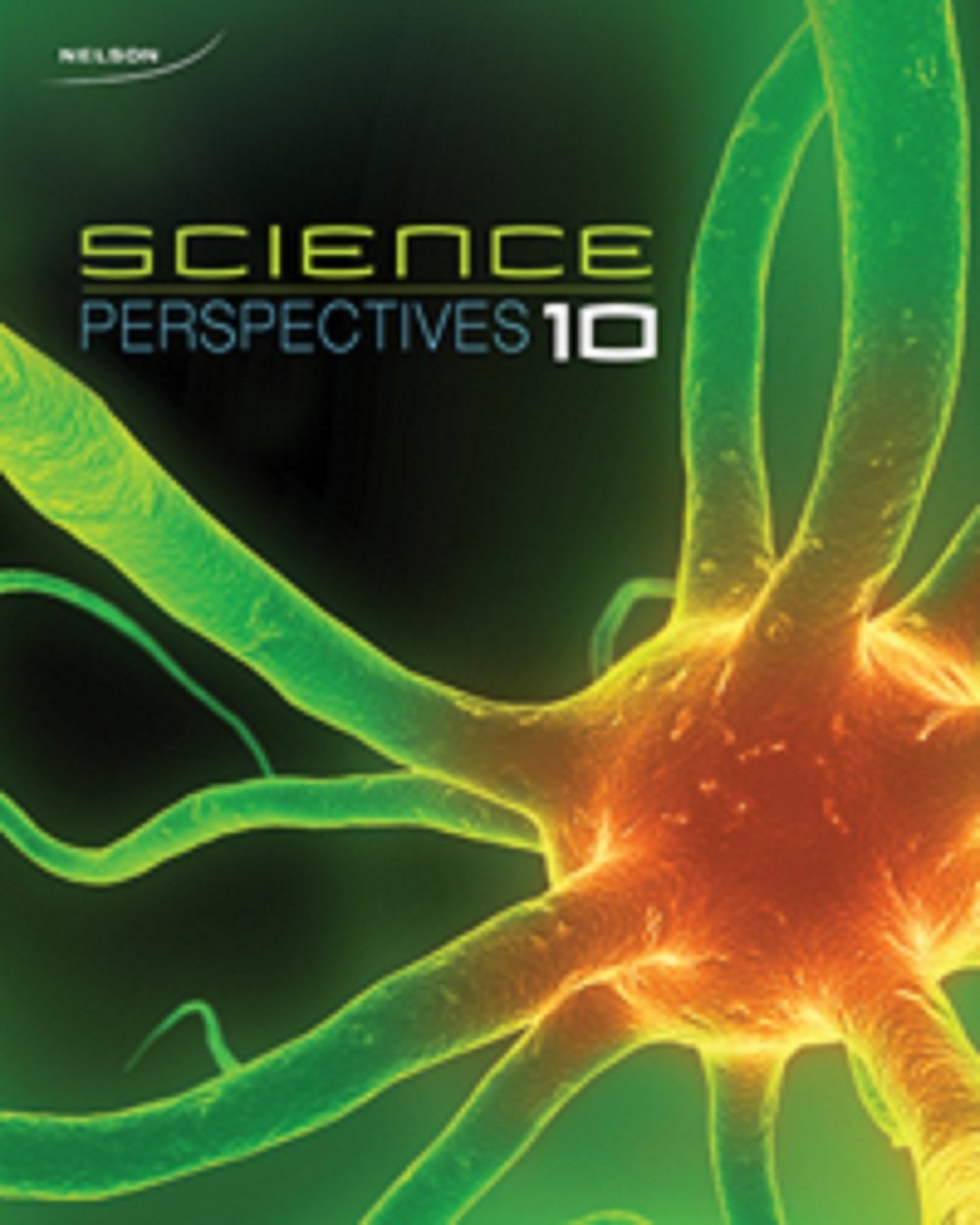
All Solutions
Page 216: Review
The chemical formula of an element is distinguishable as its consists of one symbol only. For example the chemical formula of diatomic chlorine gas is Cl$_2$.
A compound is made up of two or more elements therefore its chemical formula consists of symbols of two or more elements. For example the chemical formula of sodium chloride is NaCl.
Physical property of a substance are its appearance, melting and boiling point etc, while its chemical properties are its reactivity etc. For example the melting point of sodium is 97.79$text{textdegree}$C is its physical property while its ability to react rapidly with water to form NaOH and liberate hydrogen gas is its chemical property.
Compounds that are formed by electron transfer from the atom of a metal to that of a non-metal are ionic compounds, while that formed by electron sharing are molecular compounds. For example NaCl is an ionic compound while CO$_2$ is molecular compound.
Bonds formed by electron transfer from the atom of a metal to that of a non-metal are ionic bonds, while that formed by electron sharing are covalent bonds. For example the bond between sodium and chloride ion in NaCl is ionic while that between carbon and oxygen in CO$_2$ is covalent.
Tap water is not a pure substance because it contains lots of dissolved minerals in it.
The ability to burn is a chemical property which is the reaction of a substance with oxygen to form products.
A chemical reaction (or chemical property) results in formation of a new product.
Non-metals make up molecular compounds by sharing electrons to achieve a stable electronic configuration.
The outermost orbits of each of these elements is completely filled and therefore their configuration is stable and they are unreactive in nature.
Metallic or cations have more protons than electrons. This is because metallic ions lose electrons to achieve stable configuration.
Hydroxide OH$^-$, ammonium NH$_4^+$ and carbonate CO$_3^{-2}$ are polyatominc ions as they are made up of more than one element.
CO$_2$ is made up of 1 atom of carbon and 2 atoms of oxygen. Therefore, there are a total of 3 atoms in this molecule.
N$_2$ is made up of 2 atoms nitrogen.
CCl$_4$ is made up of 1 atom of carbon and 4 atoms of chlorine. Therefore, there are a total of 5 atoms in this molecule.
HBr is made up of 1 atom of hydrogen and 1 atom of bromine. Therefore, there are a total of 2 atoms in this molecule.
FeCl$_3$ is iron(III) chloride. This is an ionic compound.
CuSO$_4$ is copper(II) sulphate. This is an ionic compound.
Nl$_3$ is nitrogen tri-iodide. This is a molecular compound.
PbO$_2$ is lead dioxide. This is an ionic compound.
P$_2$O$_3$ is diphosphorus trioxide. This is a molecular compound.
Sn(NO$_3)_2$ is tin nitrate. This is an ionic compound.
Carbon tetrabromide is CBr$_4$. This is a molecular compound.
Calcium carbonate is CaCO$_3$. This is an ionic compound.
Nitrogen monoxide is NO. Also called nitric oxide. This is a molecular compound.
Hydrogen sulfide is H$_2$S. This is a molecular compound.
O$^{-2}$ has $8+2=10$ electrons this is equal to the number of electrons in F$^-$ as $9+1=10$ and N$^{-3}$ as $7+3=10$.
There are $11-1=10$ electrons in Na$^+$, $19-1=18$ electrons in K$^+$ and $3-1=2$ electrons in Li$^+$.
K$^{+}$ has $19-1=18$ electrons this is equal to the number of electrons in Ar with 18 electrons and P$^{-3}$ as $15+3=18$.
There are $9+1=10$ electrons in F$^-$, $17+1=18$ electrons in Cl$^-$ and $35+1=36$ electrons in Br$^-$.
Chemical formula of potassium chloride is KCl. This is an ionic compound because potassium is a metal.
Chemical formula of carbon monoxide is CO. This is a molecular compound because both elements of this compound are non-metals.
Chemical formula of carbon tetrafluoride is CF$_4$. This is a molecular compound because both elements of this compound are non-metals.
Chemical formula of calcium iodide is CaI$_2$. This is an ionic compound because calcium is a metal.
Chemical formula of sulfur dioxide is SO$_2$. This is a molecular compound because both elements of this compound are non-metals.
Chemical formula of lithium oxide is Li$_2$O. This is an ionic compound because lithium is a metal.
Calcium and sulfur react together to form calcium sulfide; CaS.
Aluminum and chlorine react together to form aluminum chloride; AlCl$_3$.
Sodium and phosphorus react together to form sodium phosphide; Na$_3$P.
Aluminum and sulfur react together to form aluminum sulfide; Al$_2$S$_3$.
b. AlCl$_3$
c. Na$_3$P
d. Al$_2$S$_3$
Calcium nitrate is Ca(NO$_3)_2$.
Silver carbonate is Ag$_2$CO$_3$.
Fe(OH)$_3$ is iron(III) hydroxide. We know that this is iron(III) because 3 hydroxide ions are required to make this compound.
Cu(ClO$_3)_2$ is copper(II) chlorate. We know that this is copper(II) because 2 chlorate ions are required to make this compound.
Lead(II) phosphate is Pb$_3$(PO$_4)_2$.
The ionic charge on alkali metals is $+1$ while that on halogens is $-1$, this implies that if X is the alkali metal and Y is the halogen, then their compound will be given by the formula XY.
The ionic charge on alkaline earth metals is $+2$ while that on group 16 elements is $-2$, this implies that if X is the alkaline earth metal and Y is a group 16 element, then their compound will be given by the formula XY.
The ionic charge on alkali metals is $+1$ while that on group 16 elements is $-2$, this implies that if X is the alkali metal and Y is a group 16 element, then their compound will be given by the formula X$_2$Y.
Hydrogen H is placed in the same column as alkali metals because even though it is a non-metal, many of its properties resemble that of alkali metals because it has only 1 electron in its outermost orbit like that of alkali metals family.
Hydrogen H is placed above fluorine because it requires only 1 electron to complete its outermost orbit and gain a stable configuration like that of halogen family.

